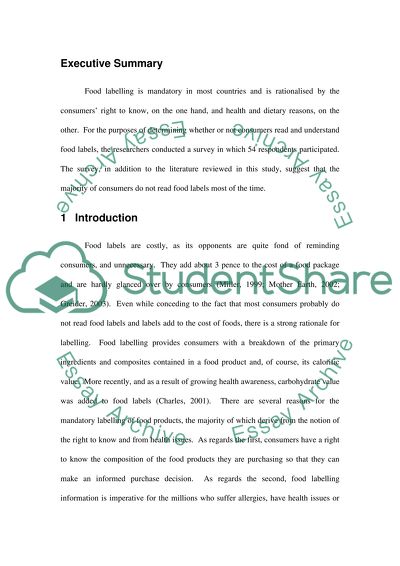Cite this document
(“Food labeling Essay Example | Topics and Well Written Essays - 1500 words”, n.d.)
Food labeling Essay Example | Topics and Well Written Essays - 1500 words. Retrieved from https://studentshare.org/miscellaneous/1529973-food-labeling
Food labeling Essay Example | Topics and Well Written Essays - 1500 words. Retrieved from https://studentshare.org/miscellaneous/1529973-food-labeling
(Food Labeling Essay Example | Topics and Well Written Essays - 1500 Words)
Food Labeling Essay Example | Topics and Well Written Essays - 1500 Words. https://studentshare.org/miscellaneous/1529973-food-labeling.
Food Labeling Essay Example | Topics and Well Written Essays - 1500 Words. https://studentshare.org/miscellaneous/1529973-food-labeling.
“Food Labeling Essay Example | Topics and Well Written Essays - 1500 Words”, n.d. https://studentshare.org/miscellaneous/1529973-food-labeling.


